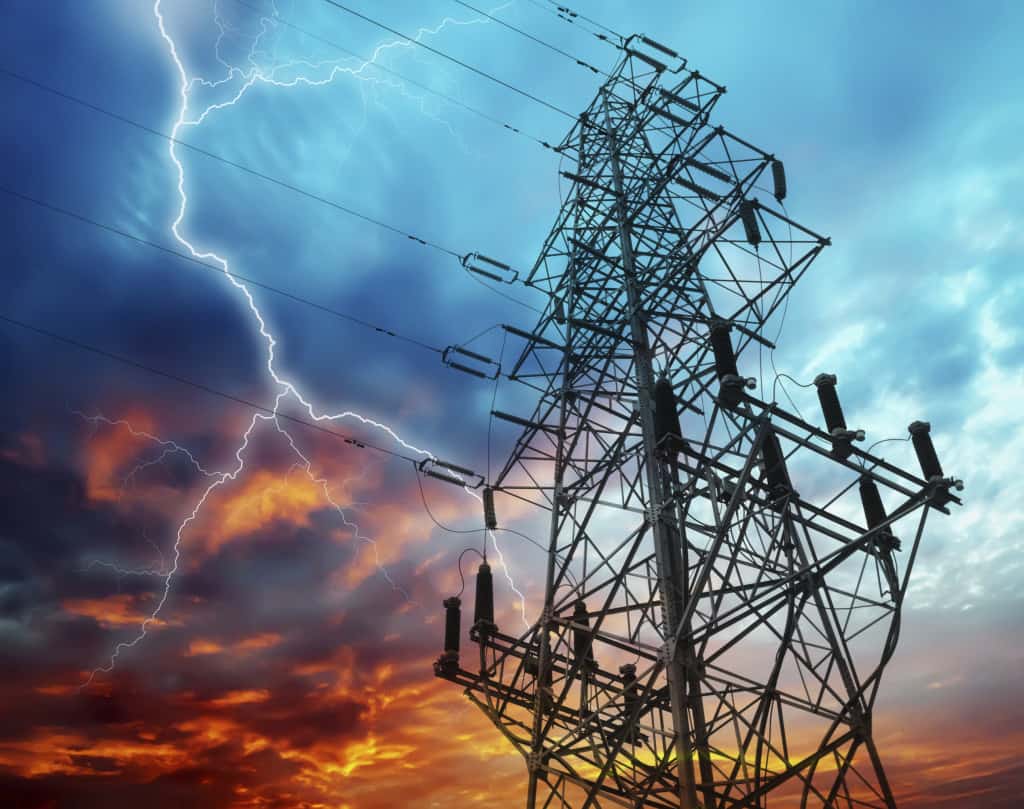Instant data management enables smart grids to maximise power distribution efficiency
There are multiple pressures on the power supply network. More people are using it, established customers are consuming ever more electricity, and the pressure to reduce carbon emissions from power generation is increasing. Part of the solution to this dilemma will lie in developing smart grids that provide better husbanding of the available power – metering it more precisely, reducing transmission losses and encouraging more sustainable practices by consumers. A key characteristic of a smart grid is the efficient and timely use of operational data to constantly match supply to demand.
In recent decades developing countries have wanted to extend their electrical distribution networks to new population centres and industrial bases. In many cases they have not been in a position to increase their generating capacity quickly enough, so have looked to develop ‘smart grids’, which make best use of the power available.
The developed nations are also looking to smart grids, although it is to meet growing demand from existing users. (The alternative is to add generators to the network, but capital outlay and increased emissions are hard to justify.)
Further, there is increasing concern about global warming, and smart grids make better use of available power. Smart grids are also attractive in relation to renewable power sources, which are variable in output and tend to lead to a complex network architecture, based on many small-to-medium power sources, rather than a few large power stations.
A smart grid uses data collection and computer technologies to gather information about consumption by individual consumers, interpret it and optimise operations to match the ever-changing patterns of demand.
Electric utilities are transforming their grids by improving and renewing infrastructure, while simultaneously adding the intelligent digital technology, which includes automatic meter reading.
For instance, smart meters use continuous communications to provide real-time monitoring, so that they can determine how demand from individual users varies over time – and predict future needs. Often the data is transmitted as broadband over power lines (BPL), although other systems use wireless technologies, such as mesh networking.
The amount of data that needs to be collected is enormous and it has to be analysed instantly as well as being stored for reference and reuse. Quite simply, this could not be done manually, so high-performance database technologies need to be married with automated metering and other supporting technologies.
A state-of-the-art high-performance database management system, such as the Raima Database Manager (RDM), can be configured to precisely match the needs of any grid. Multiple databases can be embedded into the grid to provide local real-time control.
RDM is an ACID-(atomicity, consistency, isolation and durability) compliant database management system (DBMS). Its multi-core processors can be distributed about the grid, yet work together to maximise the use of available memory capacity. Its speed of processing is almost instantaneous, because it uses on-chip data storage; however, it also instantly transfers data to disk for secure long-term storage.
If smart grids are to achieve their full potential, efficient data handling is a prerequisite. Raima’s RDM data management technology is proven in many demanding fields, such as the control of nuclear facilities, subsea oil well management and worldwide telecommunications networks, and is fast proving its worth in smart grid applications.




























